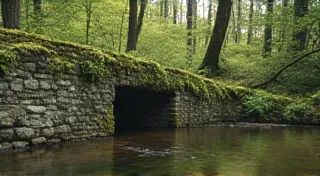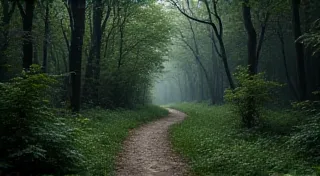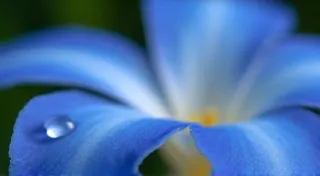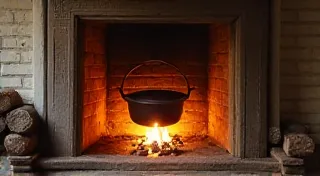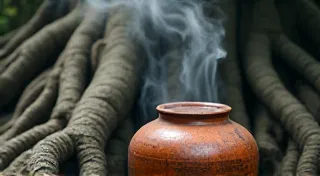The Whisperer of Roots: Understanding the Symbiotic Dance of Sweet Woodruff
There’s a quiet romance to the forgotten. A poignant beauty in objects that have witnessed generations, objects that carry within them the echoes of laughter, labor, and longing. I often feel this same sense of profound connection when I’m tending my herb garden, particularly when I’m surrounded by Sweet Woodruff (Galium odoratum). It’s a plant that embodies that quiet grace, a living testament to the enduring power of nature and the delicate balance of ecosystems.
My grandfather, a meticulous craftsman who built exquisite accordions in his small workshop, used to say that the finest instruments held a soul. He believed it wasn’t just about the wood, the bellows, or the keys; it was about the connection between the maker’s hands and the heart of the materials. There was a similar feeling I got when first stumbled upon a patch of Sweet Woodruff, tucked away in the shadier recesses of my garden. It was an unexpected discovery – a fragrant, subtly luminous patch of green, a silent promise of something ancient and deeply connected to the earth.
Sweet Woodruff isn't a plant that shouts for attention. Unlike the flamboyant sunflowers or the assertive basil, it prefers the hushed corners, the places where the sunlight filters through leaves, creating a mosaic of light and shadow. This preference for shade isn’t simply aesthetic; it’s a fundamental aspect of its ecology. It’s a plant that has evolved to thrive in partnership, a silent participant in a complex dance of symbiosis. And that's where the true story of Sweet Woodruff begins – in the intricate relationship with mycorrhizal fungi.
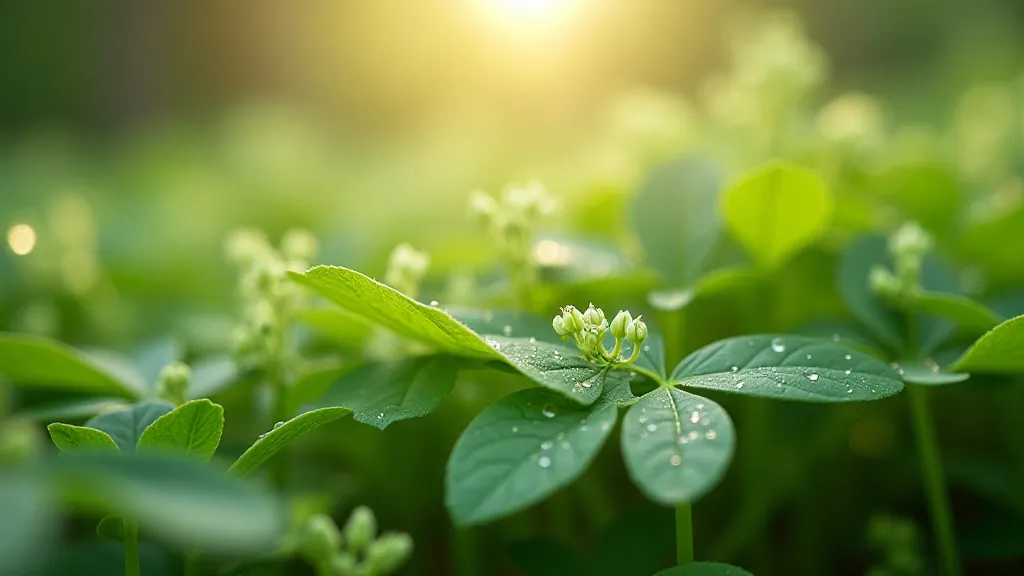
The Symbiotic Waltz: Mycorrhizae and the Roots
Mycorrhizae – a term that sounds almost mystical – are symbiotic associations between fungi and plant roots. They're ubiquitous, essential for the health of countless plant species, and, critically, vital to the wellbeing of Sweet Woodruff. The fungal hyphae, tiny, thread-like structures, extend far beyond the reach of the plant’s roots, essentially expanding its ability to absorb water and nutrients from the soil. In return, the plant provides the fungus with sugars produced through photosynthesis. It's a classic example of mutualism, a relationship where both parties benefit. Without these fungal partners, Sweet Woodruff struggles, demonstrating a clear dependence on this ancient connection.
Consider this: the skill required to restore a vintage accordion isn't just about mechanically repairing the instrument. It’s about understanding the original craftsmanship, respecting the history embedded within the wood and metal. Similarly, cultivating Sweet Woodruff isn’t just about planting seeds or dividing rhizomes. It's about understanding and supporting the soil ecosystem – about creating an environment where these vital mycorrhizal fungi can flourish. That means avoiding harsh chemicals, enriching the soil with organic matter, and encouraging biodiversity.
A History Steeped in Tradition
The history of Sweet Woodruff is as enchanting as its fragrance. The name “odoratum,” of course, refers to its beautiful scent – a delicate blend of hay, honey, and vanilla. In medieval times, it was known as “Maiden’s Hair,” and was often strewn on the floors of churches and homes during festivals, particularly May Day celebrations, imparting a sweet aroma to the air. Its fragrance was so prized that it was used to scent linen and perfumes.
Beyond its aromatic properties, Sweet Woodruff has a long history of use in traditional medicine. It was believed to possess properties that aided digestion, eased headaches, and even promoted sleep. The ancient Greeks and Romans utilized it in wines and for its perceived healing qualities. While modern scientific research is still uncovering the full extent of its medicinal potential – it contains compounds with anti-inflammatory and antioxidant properties – the enduring use across cultures speaks to a long-held understanding of its therapeutic benefits.
My grandfather's accordions weren't just functional instruments; they were works of art, each one meticulously crafted with a deep appreciation for the materials and the tradition. Sweet Woodruff, too, embodies this same sense of heritage. It represents a connection to the past, a tangible link to the practices of generations who understood the power of nature and the importance of respecting the delicate balance of the earth.

Cultivating the Whisperer: Practical Tips
Growing Sweet Woodruff isn’t difficult, but it does require a little understanding of its preferences. Here’s a few things to keep in mind:
- Location: Find a shady spot in your garden. It thrives under trees or in areas with dappled sunlight.
- Soil: Sweet Woodruff prefers moist, well-drained soil that is rich in organic matter. Amending the soil with compost before planting will greatly benefit its growth.
- Propagation: It can be propagated through seeds or by dividing rhizomes in the spring or fall. Division is generally the easier and more reliable method.
- Maintenance: Keep the soil consistently moist, particularly during dry periods. Deadheading spent flower clusters will encourage more blooms.
- Spread: Be aware that Sweet Woodruff can spread aggressively via rhizomes. It's best suited for areas where it has room to roam, or consider containing it with barriers.
There's a certain satisfaction in witnessing a plant flourish under your care, particularly when you understand the complex web of relationships that sustain it. It's a reminder that gardening isn't just about aesthetics; it’s about fostering a thriving ecosystem, a miniature representation of the larger world around us.
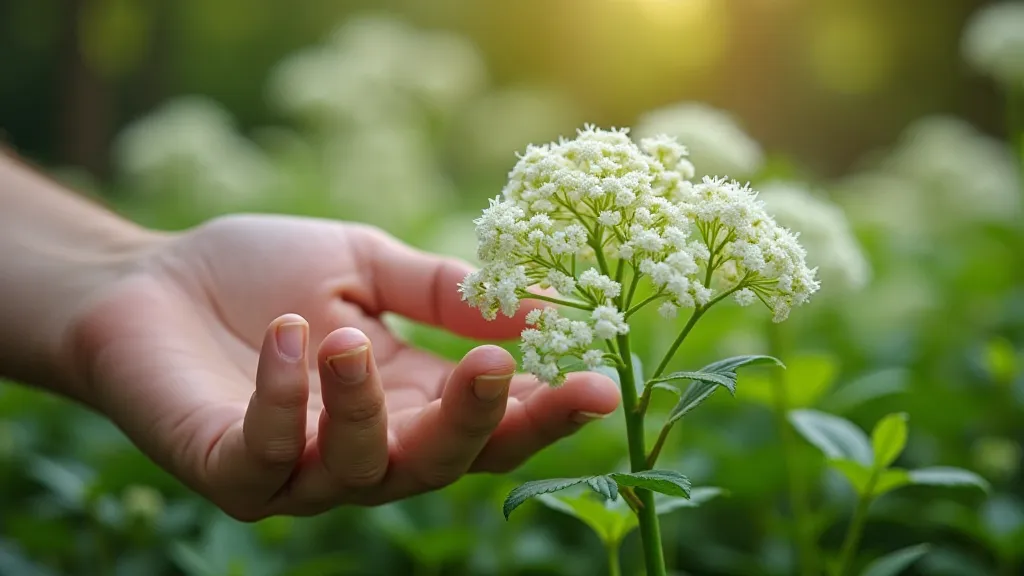
A Fragrant Legacy
Sweet Woodruff is more than just a pretty plant; it's a symbol of resilience, of interconnectedness, and of the enduring power of nature. It's a reminder to slow down, to appreciate the subtle beauty that surrounds us, and to understand that even the quietest voices can carry the most profound stories. Like the echoes of music from a beloved accordion, the fragrance of Sweet Woodruff lingers, a testament to the beauty of the forgotten, and the enduring magic of the natural world.
